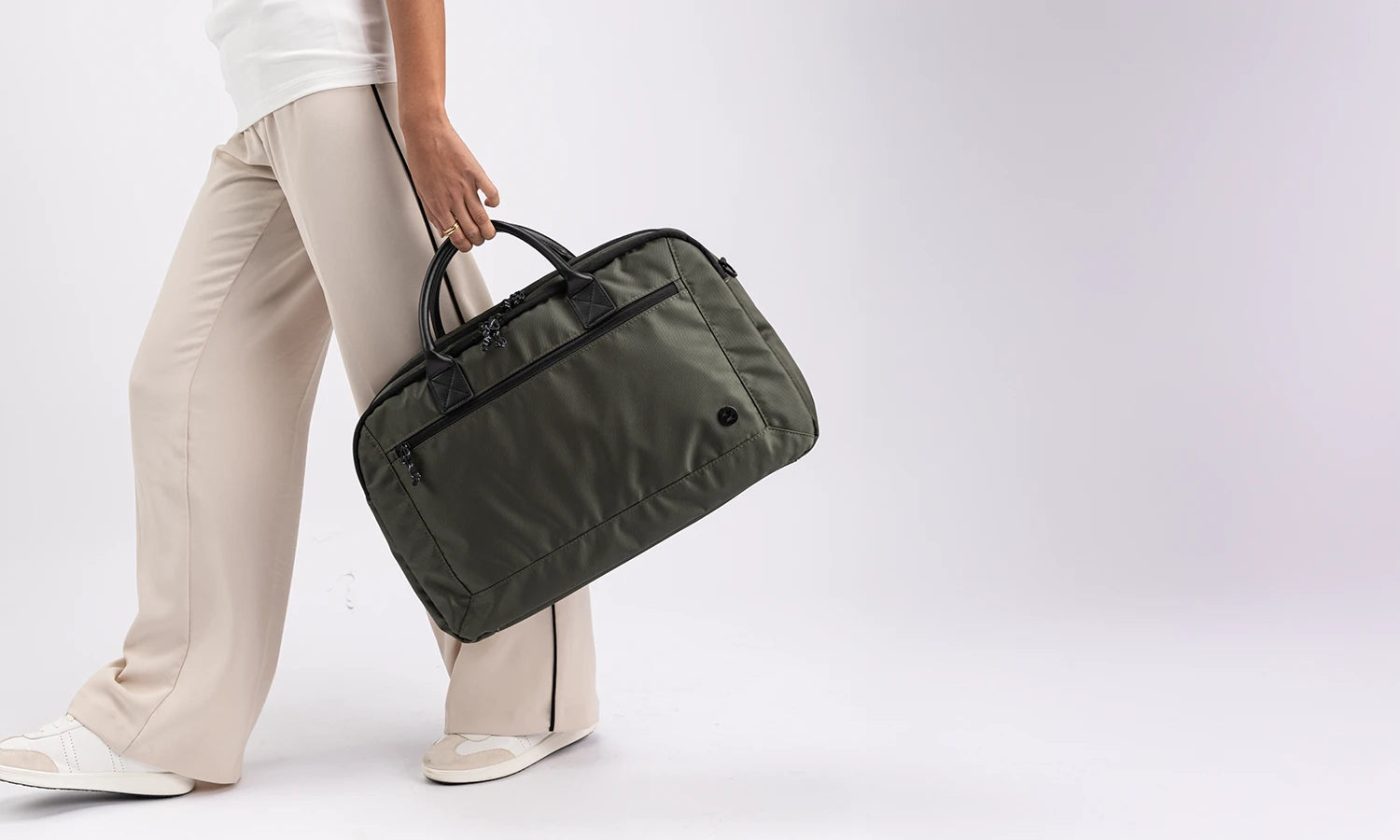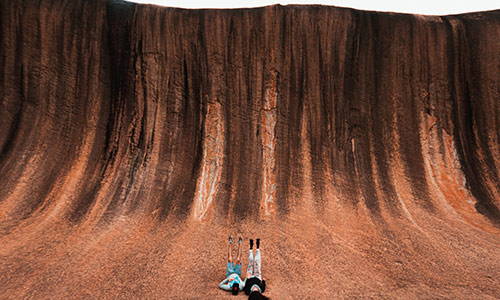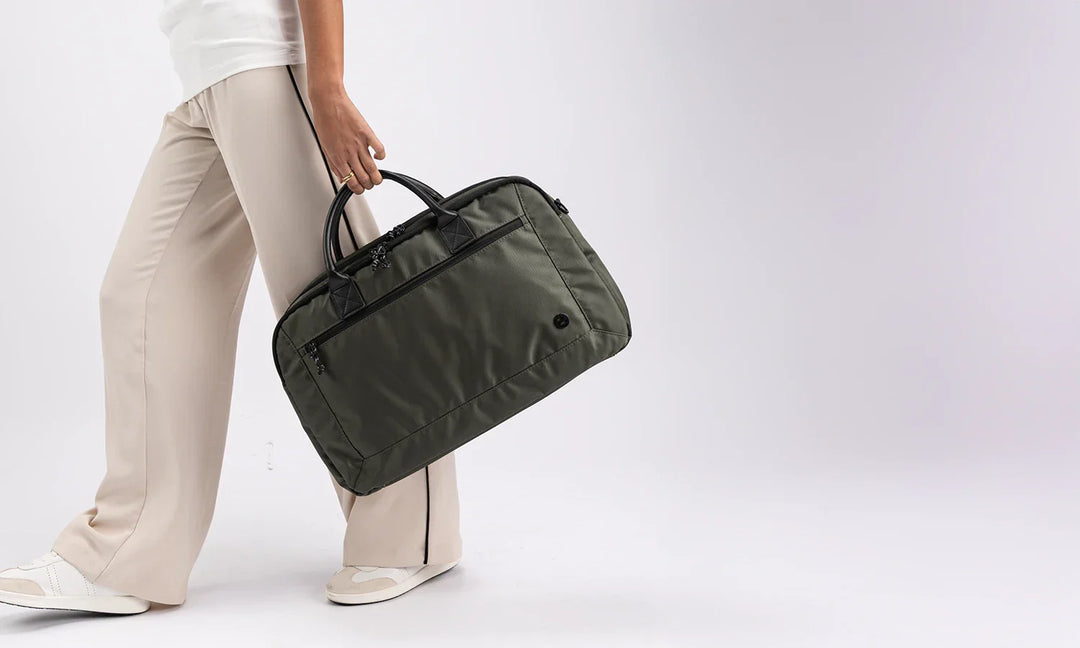Australia is one of the most unique countries in the world. With sunburnt desert-scapes, glistening azure waters and multicultural heritage, we’re truly lucky to be able to call this wonderland our island home. As restrictions slowly ease it’s time to start planning your next local getaway. Discover our round-up of unusual Australian destinations that need to be seen to be believed below.
Horizontal Waterfalls in Talbot Bay, Western Australia

Image Credit: Horizontal Falls Adventure
Kimberley region in Western Australia is renowned for its vast untouched outback, rugged ranges and dramatic gorges with snaking rivers running through. But few people head to the isolated the Kimberley coast. If they did, they would find a unique natural phenomenon known as the Horizontal Falls (also affectionately called the ‘Horries’) in Talbot Bay. Here the coastal McLarty Ranges open up in a narrow channel and when the conditions are right, the tide gushes through in volumes to produce a rare horizontal waterfall effect.
The Pinnacles, Western Australia

Most of Australia’s geology is defined by millennia of erosion. This means that we may not have majestic mountains, but we do have unique geological formations such as The Pinnacles. The sandy dunes of Numbung National Park are dotted with thousands of weathered limestone pillars, some as tall as 3m and others that are smaller resemble tombstones. The seemingly endless desert surrounds and stunning western sunsets make walking through The Pinnacles surreal.
Wave Rock, Western Australia

In a country flanked by the ocean and some of the world’s best waves, you might be surprised to learn that one of the most stunning waves is actually over 300km away from the coast. Wave Rock is a 15m tall, 100m petrified wave carved out of bedrock. It is a geological formation known as a ‘flared slope’ that is characterised as a concave surface carved into the base of an isolated hill leaving behind an overhang that looks like a breaking wave. The watery stripes on the rock are iron and carbonate stains left behind by rain.
Hanhndorf, South Australia

Image Credit: @hahndorf_southaustralia
Craving a European getaway? Say ‘Hallo’ to Hanhdorf, Australia’s oldest surviving German settlement. Just half an hour from Adelaide you can stroll through the tree-lined main street and discover German bakeries, cheeses, cuckoo clocks, wooden folk art and pubs. And if you feel like something a little more modern, explore one of the many shops, galleries, wine cellar doors and gin distilleries that showcase the best of German-meets-Australian culinary culture.
Blue Lake, South Australia

Blue Lake is a crater lake on the extinct Mount Gambier volcano. If you visit anytime between March and October you’ll be treated to a pretty view of the lake, but what sets it apart is the mysterious colour change that occurs from November to February. The usual dull hue transforms into a mesmerising electric blue for reasons that aren’t fully understood. The myth of the lake is part of the draw and you have plenty of time to ponder the lore and its beauty as you take the 3km stroll around it.
Coober Pedy, South Australia

Coober Pedy could arguably be one of Australia’s strangest towns. The mining village might look like a ghost town from above, but that is because half of its inhabitants live underground. People were drawn to Coober Pedy because of the beautiful desert landscape, but also because of lucrative opal mining. In order to survive the scorching heat, they carved out underground dwellings. Now the subterranean community includes underground museums, churches, hotels and pubs. The town is also iconic as it was the setting for the cult Mad Max films from the 80s.
Lake Wabby, Fraser Island, Queensland

World Heritage Fraser Island is known for being the world’s largest sand island, but it is also home to a hidden gem called Lake Wabby. The small half-moon shaped lake is by the huge Hammerstone Sandblow dune and is a literal oasis for swimmers - both human and animal. Unlike other lakes in the island that are too acidic, Lake Wabby supports a host of aquatic life including catfish, rainbow fish, and the rare honey blue-eye. Unfortunately, Lake Wabby is destined to disappear and will eventually be engulfed by the sand that surrounds it - so your best bet is to see it before it’s gone.
Fairy Pools, Noosa National Park, Queensland

Noosa is home to some of Australia’s most picturesque beaches, but if you want to experience a truly natural ocean bath, plan a trip to the hidden gem that is Noosa’s Fairy Pools. A 30-minute coastal walk in Noosa National Park will lead you to your own private rock pool with clear calm water and unmatched ocean views. Plan your visit early in the morning or during weekdays as it doesn’t take many people to crown this secluded swimming spot.
Nudgee Beach, Queensland

For a little bit of nature just outside of Brisbane City, head to Nudgee Beach. The surrounding mangroves and nearby Boondall Wetlands make will make you feel much further from the city than you are. A sunset visit to the famous lone Nudgee Tree is recommended as the calm water makes for a picture-perfect mirror to reflect a multicoloured sky.
Currumbin Beach, Queensland

Image Credit: goldcoastinfo.net
Queensland’s Gold Coast is filled with gorgeous spots, but few are as beloved as Currumbin beach. Here, the lush rainforest meets the sea, and on the water fascinating formations such as Elephant Rock towering over crashing waves. Visit at dusk or dawn to take advantage of the changing colours set against the stunning coast.
Mungo National Park, New South Wales

Image Credit: Shutterstock
Outback New South Wales is home to Mungo National Park - ancient dry lake basins now covered in dune fields, sand plains and eroded rock formations. A visit timed with a full moon makes for a unique alien landscape and is a photographer’s dream. But the park is also archaeologically significant because it is where the remains of the Mungo Man (the oldest human remains found in Australia) and the Mungo Lady (oldest known human to have been ritually cremated) were found.
Jervis Bay, New South Wales

Image Credit: Shutterstock
Jervis Bay sits on the South Eastern Coast of New South Wales and is home to what some believe is the whitest sandy beach in Australia. The relatively calm turquoise water makes it perfect for swimming, and at night, visitors may be treated to a remarkable display of glowing waves thanks to the bioluminescent plankton commonly found in this area.
Lake Crackenback, New South Wales

Image Credit:@leeslensphotography
Australia isn’t usually known as an alpine destination, but the Thredbo Valley’s Lake Crackenback is a truly unique must-see snowy destination. Lake Crackenback is situated in Australia’s snowy mountains within walking distance to the ski tube railway that takes you to Thredbo and Perisher resorts. It is also close to restaurants, cafés and the magnificent Lake Crackenback Resort and Spa. You’ll also be treated to a one-of-a-kind view of gum trees, kangaroos and emus surrounded by snow.
Buchan Caves, Victoria

Image Credit: Shutterstock
Five hours drive from Melbourne, you’ll find the curious Buchan Caves - a group of limestone caves with a total length of between 3 to 4 kilometres and six entrances. The behemoth honeycomb structure was formed over millions of years by underground rivers cutting through limestone. Now visitors can marvel at the many stalactites, stalagmites, pillars, shawls and rim pools waiting to be illuminated in the darkness.
Mallacoota, Victoria

Image Credit: mallacoota.com.au
Mallacoota is a tranquil seaside town surrounded by UNESCO-listed wilderness. Situated in Croajingolong National Park, Mallacoota is a perfect place to relax and enjoy East Gippsland’s pristine coast with Victoria’s warmest winter temperatures and cooling summer breezes. Mallacoota is a popular destination for water-based activities, bird watching and mountain biking. Unfortunately much of the bush was lost to fire, but supporting local businesses with tourism is one of the best ways to help the town rebuild.
Puffing Billy, Mount Dandenong, Victoria

Image Credit: @puffingbillyrailway
The Dandenong Ranges are a beautiful natural destination on their own, and to experience them in a truly unique way, take a ride on the historic Puffing Billy Railway. The narrow heritage railway was one of five narrow gauge lines of the Victorian Railways that opened at the beginning of the 20th century. Most steam train rides begin at Belgrave and travel to Lakeside, which makes for a fun family outing. For a touch of the old-world, consider riding the Dinner Train that takes you to a sit-down dinner in a converted packing shed. After the meal, you’ll be treated to savouries and drinks on the return trip.
Bright, Victoria

Image Credit: australiantraveller.com.au
If you love northern hemisphere seasons, take a trip to Bright in Autumn. The town acts as a base for exploring surrounding mountains as well as Mount Hotham ski resort, but is also known for its wineries and vivid Autumn foliage. You can also take a step back in time in the Bright Museum that takes you through the region’s rail and gold rush history.
Horseshoe Falls, Mt Fields National Park, Tasmania

Image Credit: waterfallsoftasmania.com.au
Tasmania is one of the best destinations to explore Australian bush, and few places exhibit the best of our unique flora and fauna like Mt. Fields National Park. Landscapes within the park include eucalyptus forest, temperate rainforest, alpine moorland and various hidden waterfalls. The Horseshoe Falls are one of the most picturesque, with several tiered rock shelves allowing for pure rainforest water to cascade beautifully through.
Binalong Bay, Tasmania

Image Credit: Shutterstock
The town of Binalong Bay sits at the southern end of the famed Bay of Fires in Tasmania. Here, the blue sea meets fine white sand and orange-tinged boulders along the coast. The boulders get their colour from lichen that live on the rock. The result is a fantastic mixture of bright blue, pure white sand and brilliant orange. Visitors can partake in various outdoor activities including camping, boating, bird watching, fishing and swimming surrounded by beautiful views.
Mataranka Thermal Pools, Northern Territory

Image Credit: travel-around-australia.com
The town of Mataranka is south of the famous Katherine region and has its own hidden gem - a sandy-bottomed natural thermal pool. Once you’ve indulged in the natural spa, explore the surrounding area which is rich in pastoral history and was made famous by the novel ‘We of the Never Never’ about nearby Elsey Station.
Do you have a favourite memory from one of the places on our list? Do you have your own list of favourite 'off the beaten track' locations in Australia? Let us know your dream Aussie locations below!














Leave a comment